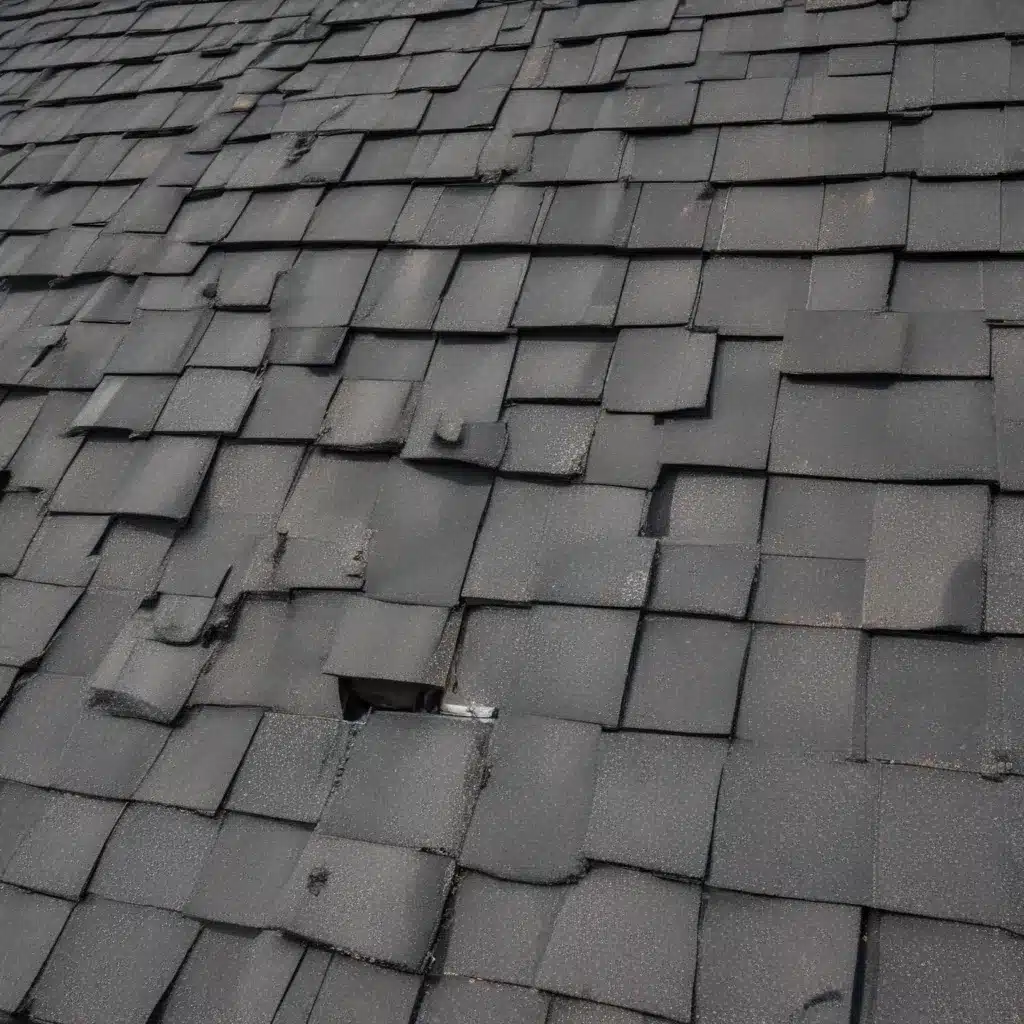
Understanding the Importance of Proper Roof Ventilation
As a seasoned roofing professional, I’ve seen firsthand how proper roof ventilation can make a significant difference in the longevity and performance of a roofing system. Roof ventilation is often overlooked, yet it plays a critical role in maintaining the overall health and integrity of your home’s roof.
Contrary to popular belief, roof ventilation is not a cure-all for every roofing problem. While it can certainly help extend the lifespan of your shingles and prevent certain issues, it’s not a magic solution. As Joseph Lstiburek, a renowned building science expert, aptly stated, “Venting or non-venting a roof has about a 5 percent impact on shingle temperature and roof sheathing temperature and even less on shingle durability. The color of the shingle is more important than venting or non-venting.”
However, that doesn’t mean roof ventilation should be disregarded. Proper ventilation can still play a vital role in reducing the potential for ice dams, minimizing frost accumulation in the attic, and keeping the attic space cooler during the winter months. But it’s essential to understand that ventilation alone won’t prevent these issues; it’s merely one piece of the puzzle.
Common Roof Ventilation Problems and Solutions
When it comes to roof ventilation, the most common issues that home inspectors often encounter include:
Improper Vent Installation
One of the most prevalent problems is the installation of multiple types of roof vents on the same roof. This can lead to an increased potential for “air short-circuiting,” where the power vent (if present) ends up drawing air from the other high vents instead of the lower soffit vents. The solution is to install only one type of exhaust vent, and avoid using power vents, as they often create more problems than they solve.
Turbine Vent Misalignment
Turbine vents are another common vent type, but they need to be installed perfectly level to ensure proper operation. If they’re not level, the turbine won’t turn, reducing the effectiveness of the ventilation system.
Lack of Low Intake Vents
Current ventilation standards typically call for a 50/50 split between high and low vents. However, in homes without soffits, there’s a lack of low intake vents, which can cause the high vents to pull conditioned air from inside the house into the attic through air leaks. One solution is to install special low vents, such as SmartVents, or add a series of box vents low on the roof.
Obstructed Vents
Another common issue is the obstruction of vents, whether it’s due to debris, insulation, or other obstacles. This can severely impede the proper airflow and ventilation, leading to a range of problems. Ensuring that all vents are clear and unobstructed is crucial.
Addressing Roof Ventilation Comprehensively
While roof ventilation may not be the sole solution to all roofing problems, it’s an essential component of a healthy, well-functioning roofing system. To address ventilation issues effectively, it’s important to take a comprehensive approach:
-
Assess the Current Ventilation System: Carefully inspect the roof to identify the types of vents installed, their placement, and any potential obstructions or misalignments.
-
Determine the Proper Ventilation Requirements: Based on the size of your roof and local building codes, determine the appropriate amount and placement of high and low vents to ensure proper airflow and ventilation.
-
Implement Necessary Corrections: If the current ventilation system is inadequate or improperly installed, take the necessary steps to rectify the issues. This may involve installing additional vents, replacing or realigning existing vents, and clearing any obstructions.
-
Consider Insulation and Air Sealing: Proper insulation and air sealing in the attic can also play a crucial role in optimizing the effectiveness of the ventilation system. Ensure that the attic is well-insulated and any air leaks are addressed.
-
Establish a Maintenance Routine: Regular inspections and maintenance of the roof ventilation system are essential to maintain its long-term functionality. Clearing debris, inspecting for obstructions, and addressing any issues promptly can help prevent larger problems down the line.
Partnering with Roofing Professionals
If you’re unsure about the ventilation needs of your roof or encounter complex issues, it’s always best to consult with experienced roofing professionals. They can provide expert advice, conduct a thorough evaluation, and recommend tailored solutions to ensure your roof’s ventilation system is operating at its best.
At Roofers in Northampton, we take pride in our commitment to delivering exceptional roofing services, including comprehensive roof inspections and ventilation solutions. Our team of seasoned professionals is dedicated to helping homeowners maintain the health and longevity of their roofs, ensuring the safety and comfort of their homes.
Whether you’re dealing with missing shingles, roof leaks, or ventilation problems, we’re here to provide the expertise and solutions you need. Contact us today to schedule a free roof inspection and let us help you address any roofing concerns you may have.
Conclusion
Proper roof ventilation is a crucial aspect of maintaining a healthy, well-functioning roofing system. By addressing common ventilation issues, such as improper vent installation, obstructions, and lack of low intake vents, you can significantly improve the performance and longevity of your roof.
Remember, while roof ventilation is important, it’s not a panacea for all roofing problems. By taking a comprehensive approach that includes assessing the current ventilation system, determining the right requirements, and establishing a maintenance routine, you can ensure your roof is well-equipped to withstand the elements and protect your home.
Don’t hesitate to reach out to roofing professionals like the team at Roofers in Northampton for expert guidance and trusted solutions. With their expertise and commitment to quality, you can rest assured that your roof will be in the best hands.

